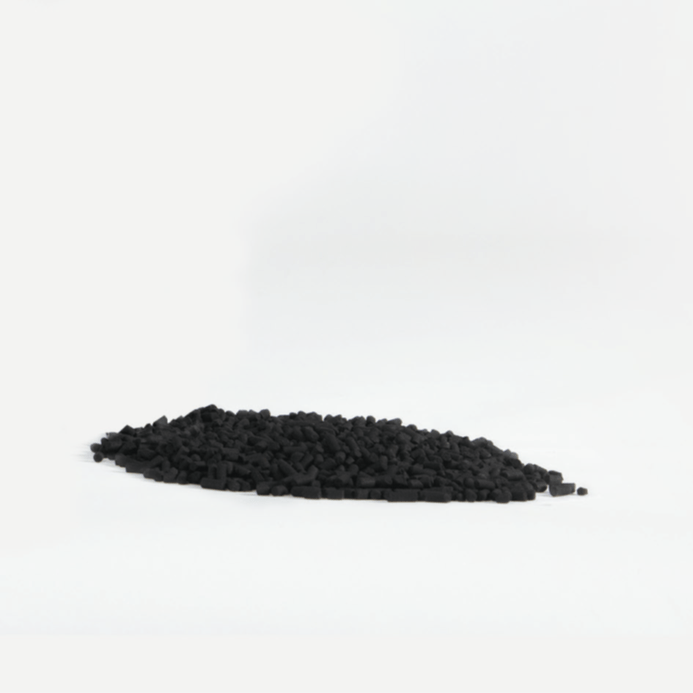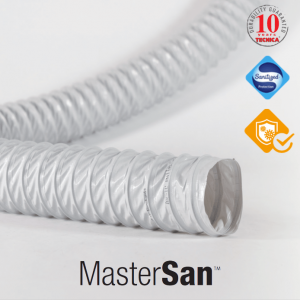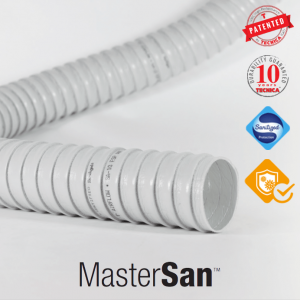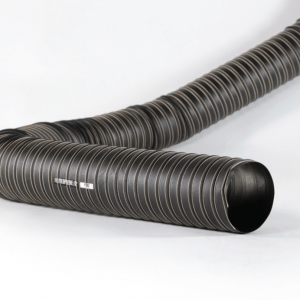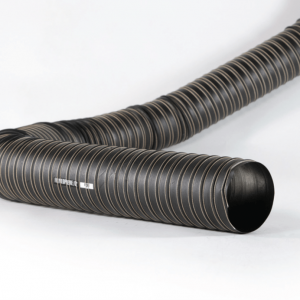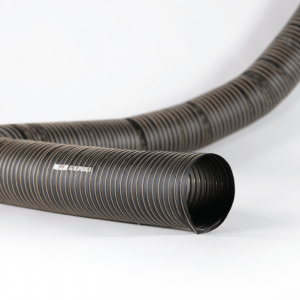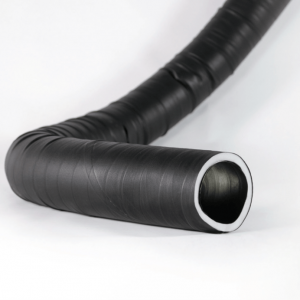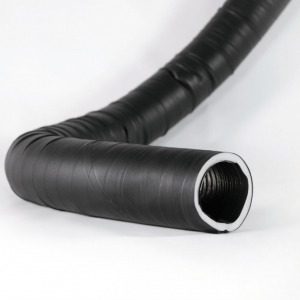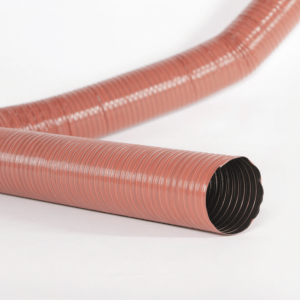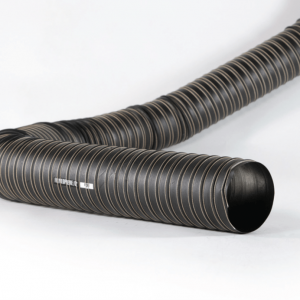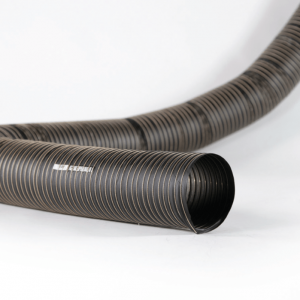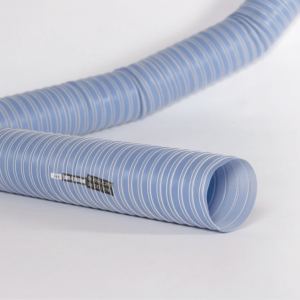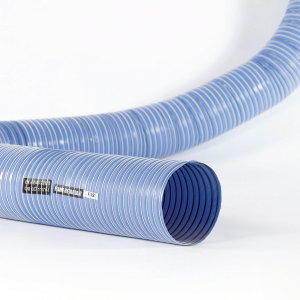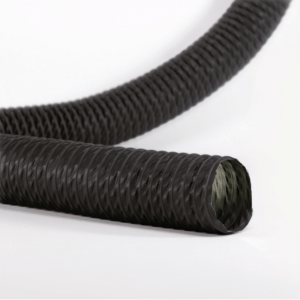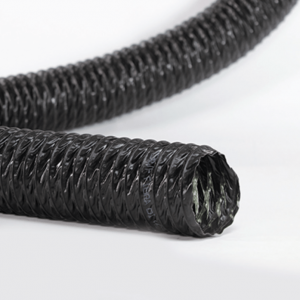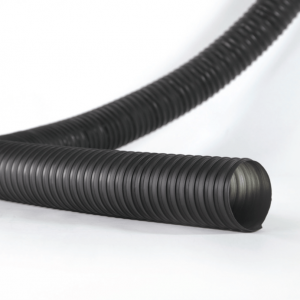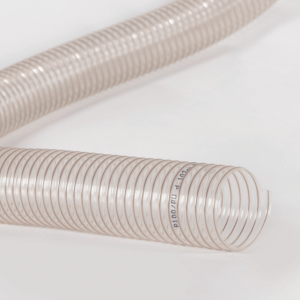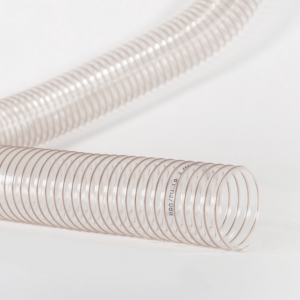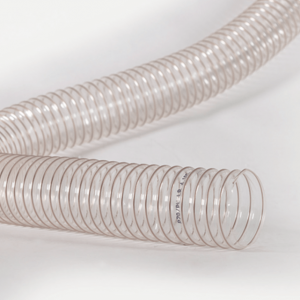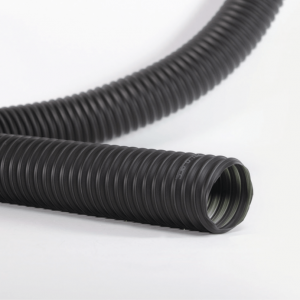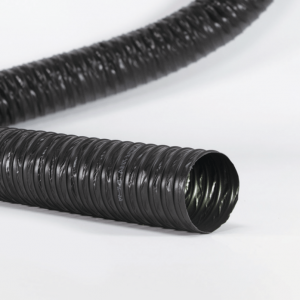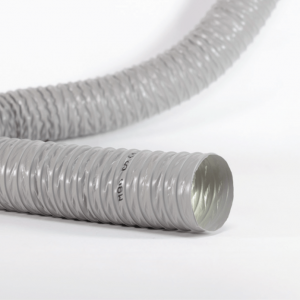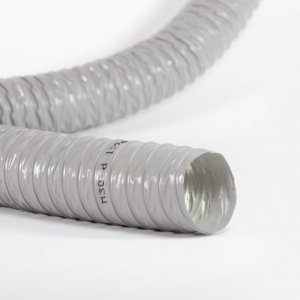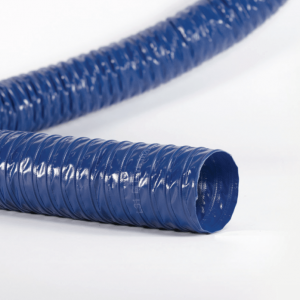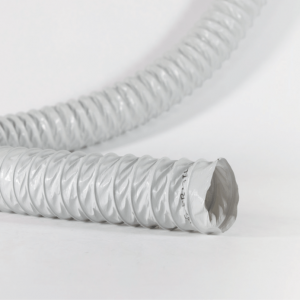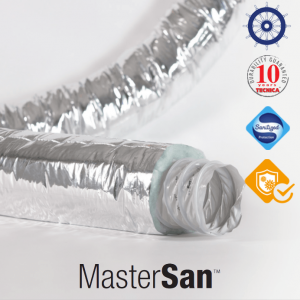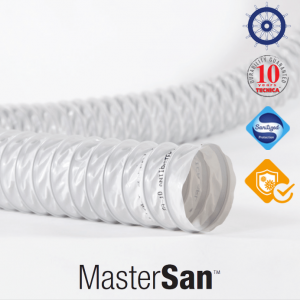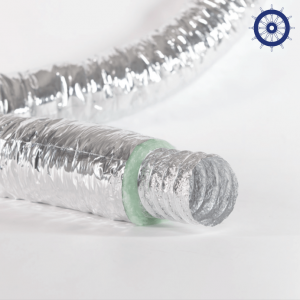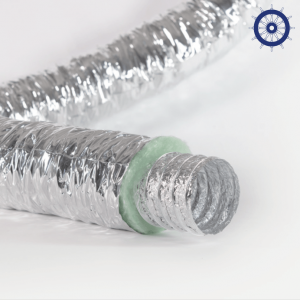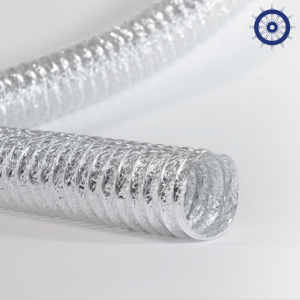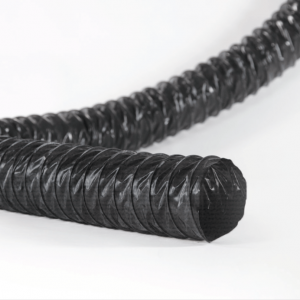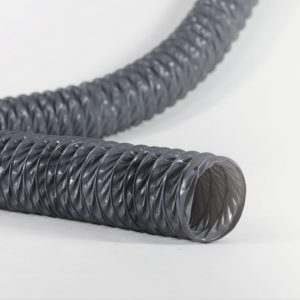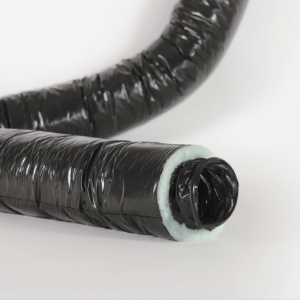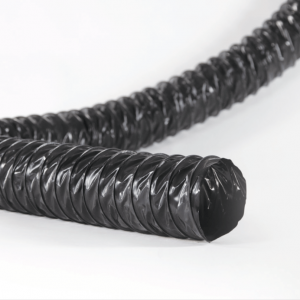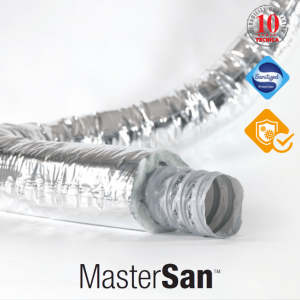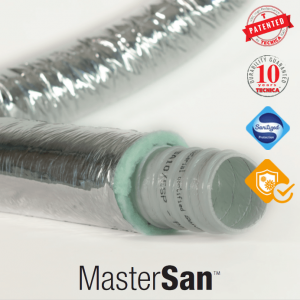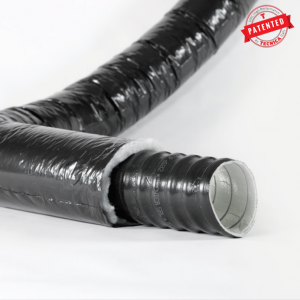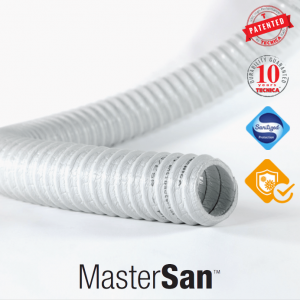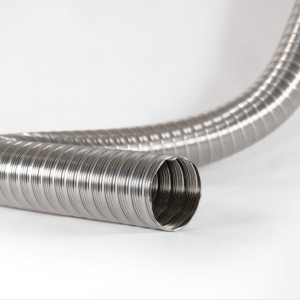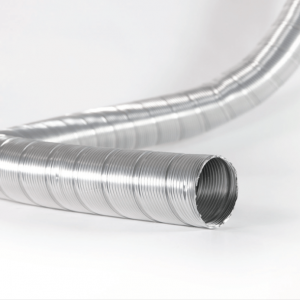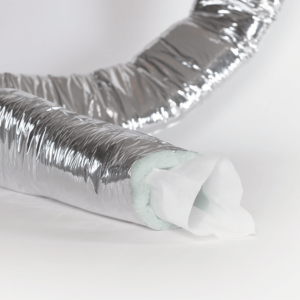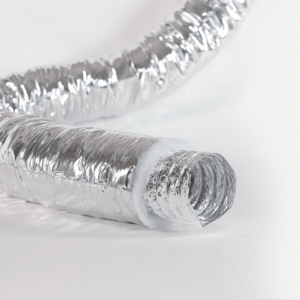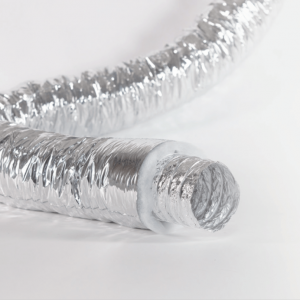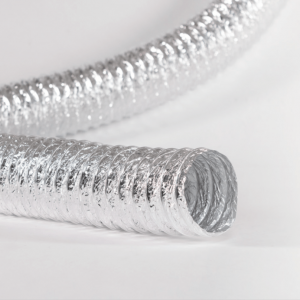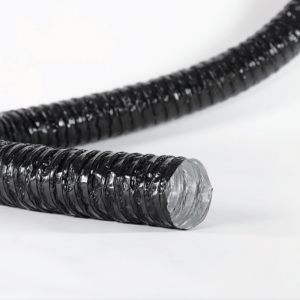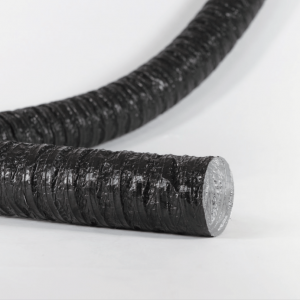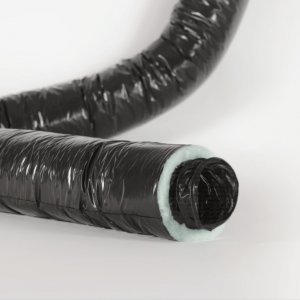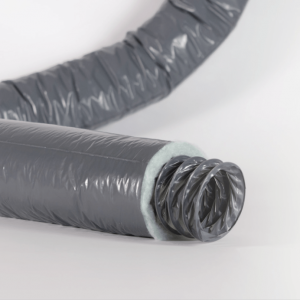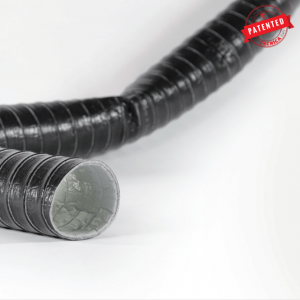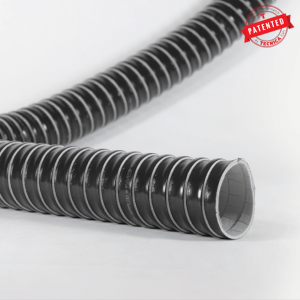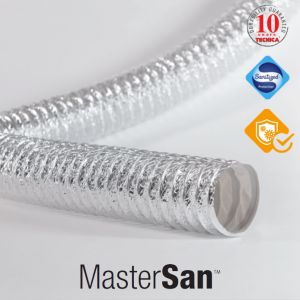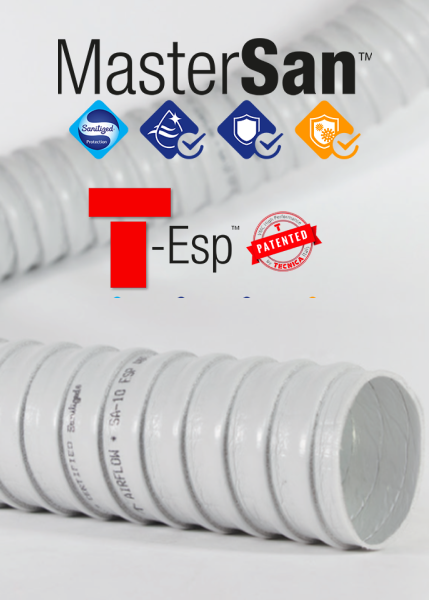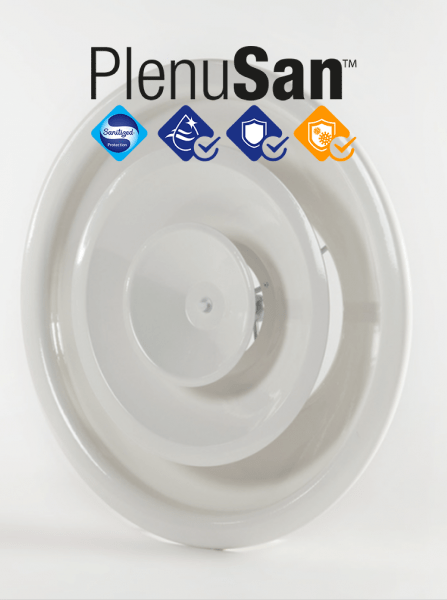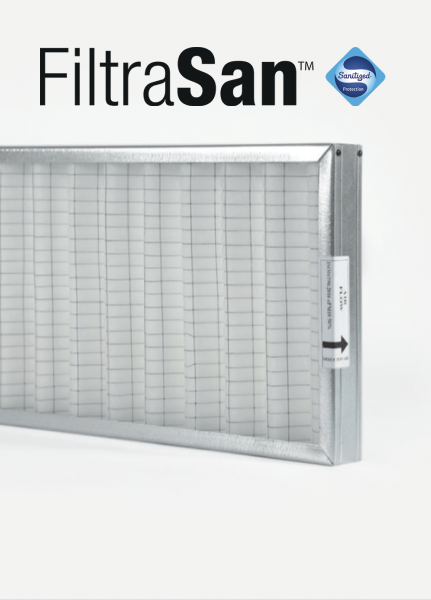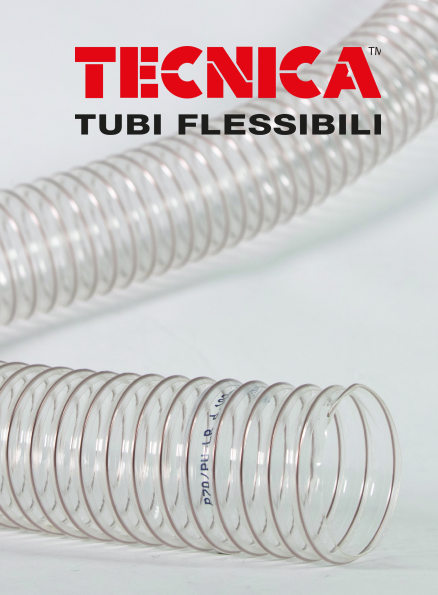Share
TC 40
Physically activated granular active carbon of vegetable origin.
TECHNICAL CHARACTERISTICS AND LIMITS OF USE
- Granule diameter: 4 mm
- Granule length: 5-12 mm
- pH: 8-10
- Supplied in bags of: 25 kg
GREEN BUILDING
Contribute to obtain the credits of the major international rating systems for sustainable buildings:
- LEED: IP, MR
- WELL: MATERIALS, COMMUNITY
- BREEAM: MAN
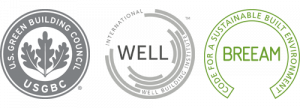
DESCRIPTION
Active carbon is a carbonaceous skeleton with a vast and branched porous structure capable of trapping organic compound molecules. lts capability of attracting and trapping in its porous structure the organic compound molecules dispersed in a fluid (liquid or gaseous) with which the active carbon comes into contact is known as ADSORPTION and is regulated by well-determined physical laws.
APPLICATIONS
TC40 is a physically activated granular active carbon of vegetable origin. This product is suitable for use in the gaseous phase to purify the air coming from production departments and hence containing traces of volatile substances or products of decomposition or from chemical plants, refrigerator deposits of food products, to limit the emission into the atmosphere of solvents from painting plants, and to purify the conditioned air in offices, airports, motor vehicles and urban transport means.
lt can also be used for kitchen and laboratory extraction hood filters and deodorising filters for refrigerators, shoe cupboards and deep-fryers.
This active carbon can thermally be reactivated once its adsorbent activity is exhausted.
IMPREGNATED ACTIVE CARBON FOR SPECIAL APPLICATIONS
Exhausted active carbons can be disposed of as special waste. THE CER CODE FOR HAZARDOUS WASTE IS 190110. Otherwise, they can be reactivated with a heat treatment by means of special structures: the most widely used and most efficient heat reactivation technology today is based on heat treatment of exhausted carbons in rotary ovens.
DOWNLOAD TECHNICAL SHEET >>
Related products
-
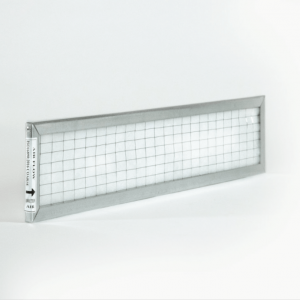
KF100
Synthetic flat filter celi for fan coils with U-section galvanised steel support frame and double electrowelded galvanised wire mesh that supports the FiltraSan™ sanitizing filter in AT100 series thermobonded staple fabric with a basis weight of 100 gr/m² and a thickness of 5-10 mm.
Read more -
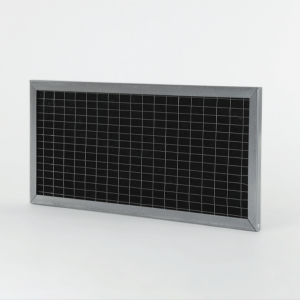
KC35
Synthetic flat filter celi tor fan coils with U-section galvanised steel frame and double electrowelded galvanised wire mesh that supports the filter fabric in thermobonded synthetic polyester staple fibre impregnateci with AC CARBON series active carbons with a basis weight of 200 g/m² and a thickness of 5-10 mm.
Read more -
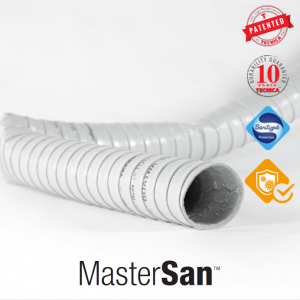
SA10/ESP SLEEVE Mastersan
Insulating sleeve produced with exclusive technology by TECNICA SRL.
Read more -
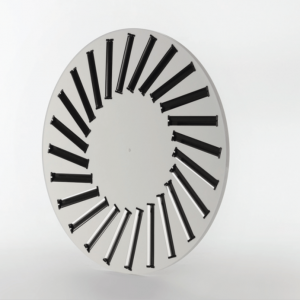
DAM02C
Helical-effect diffuser with helically arranged adjustable deflectors with a high induction ratio (mixing capacity) between the injected and the ambient air. Made up of a plate with holes inside which adjustable plastic deflectors are housed.
Read more
TC 40
Physically activated granular active carbon of vegetable origin.
TECHNICAL CHARACTERISTICS AND LIMITS OF USE
- Granule diameter: 4 mm
- Granule length: 5-12 mm
- pH: 8-10
- Supplied in bags of: 25 kg
GREEN BUILDING
Contribute to obtain the credits of the major international rating systems for sustainable buildings:
- LEED: IP, MR
- WELL: MATERIALS, COMMUNITY
- BREEAM: MAN

DESCRIPTION
Active carbon is a carbonaceous skeleton with a vast and branched porous structure capable of trapping organic compound molecules. lts capability of attracting and trapping in its porous structure the organic compound molecules dispersed in a fluid (liquid or gaseous) with which the active carbon comes into contact is known as ADSORPTION and is regulated by well-determined physical laws.
APPLICATIONS
TC40 is a physically activated granular active carbon of vegetable origin. This product is suitable for use in the gaseous phase to purify the air coming from production departments and hence containing traces of volatile substances or products of decomposition or from chemical plants, refrigerator deposits of food products, to limit the emission into the atmosphere of solvents from painting plants, and to purify the conditioned air in offices, airports, motor vehicles and urban transport means.
lt can also be used for kitchen and laboratory extraction hood filters and deodorising filters for refrigerators, shoe cupboards and deep-fryers.
This active carbon can thermally be reactivated once its adsorbent activity is exhausted.
IMPREGNATED ACTIVE CARBON FOR SPECIAL APPLICATIONS
Exhausted active carbons can be disposed of as special waste. THE CER CODE FOR HAZARDOUS WASTE IS 190110. Otherwise, they can be reactivated with a heat treatment by means of special structures: the most widely used and most efficient heat reactivation technology today is based on heat treatment of exhausted carbons in rotary ovens.
DOWNLOAD TECHNICAL SHEET >>
Share

